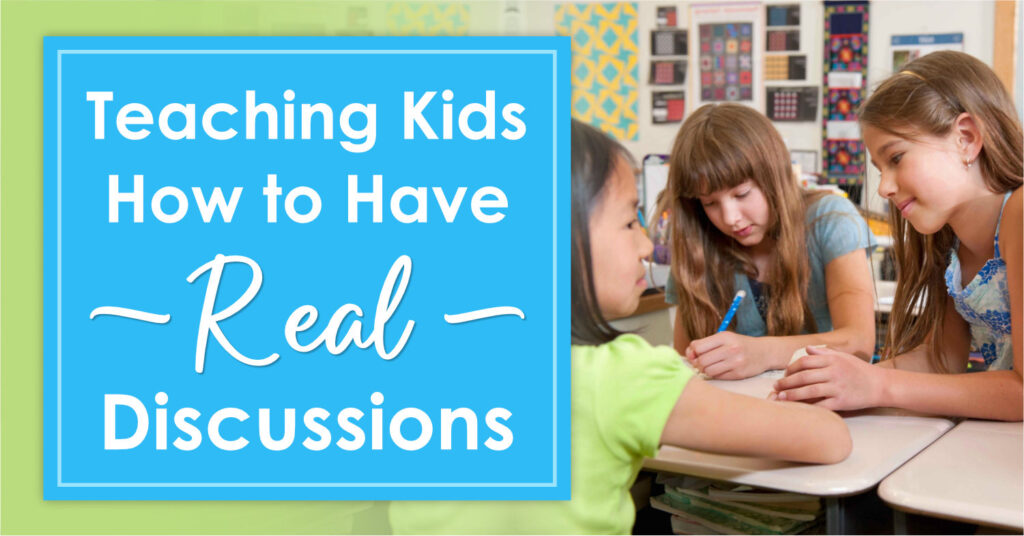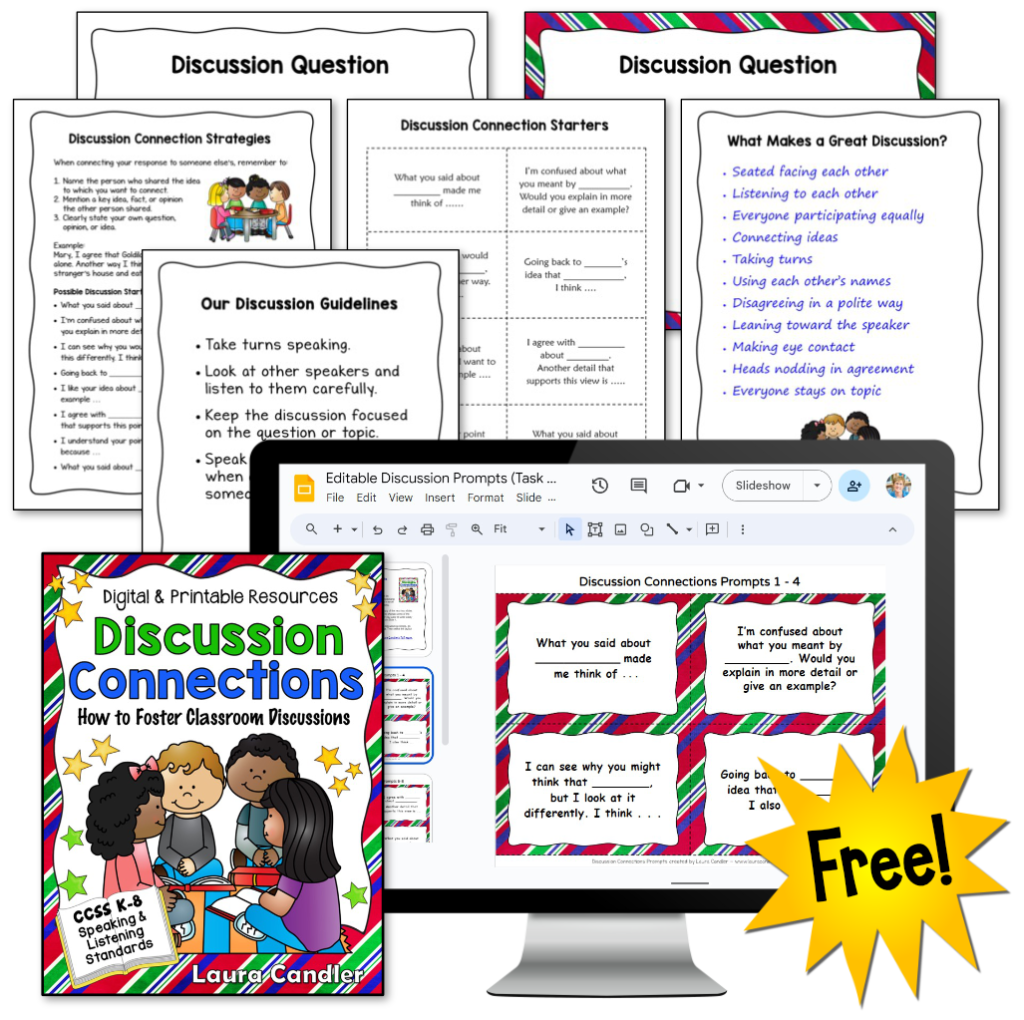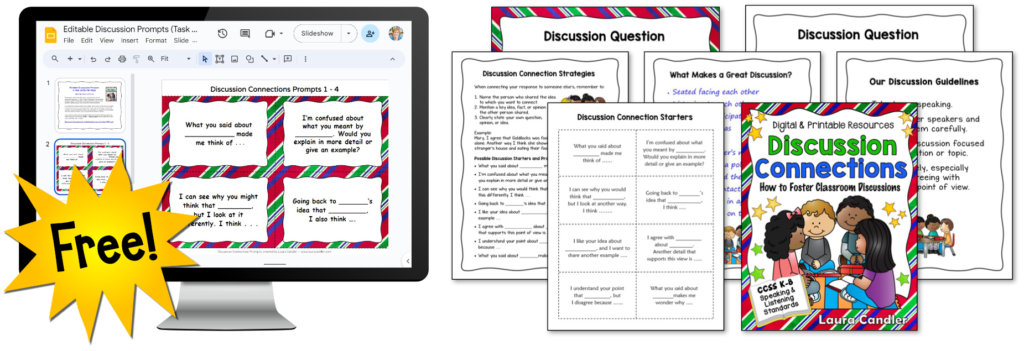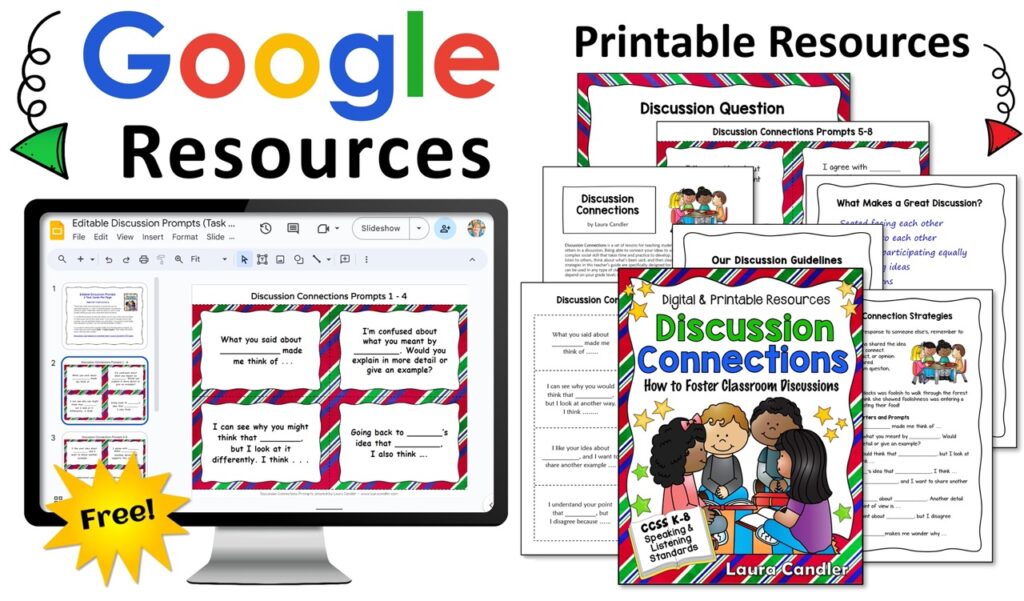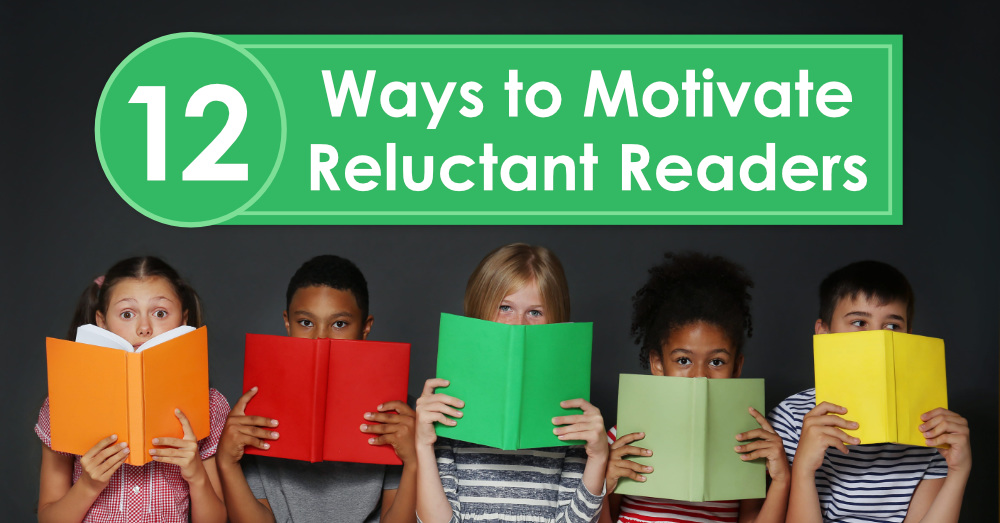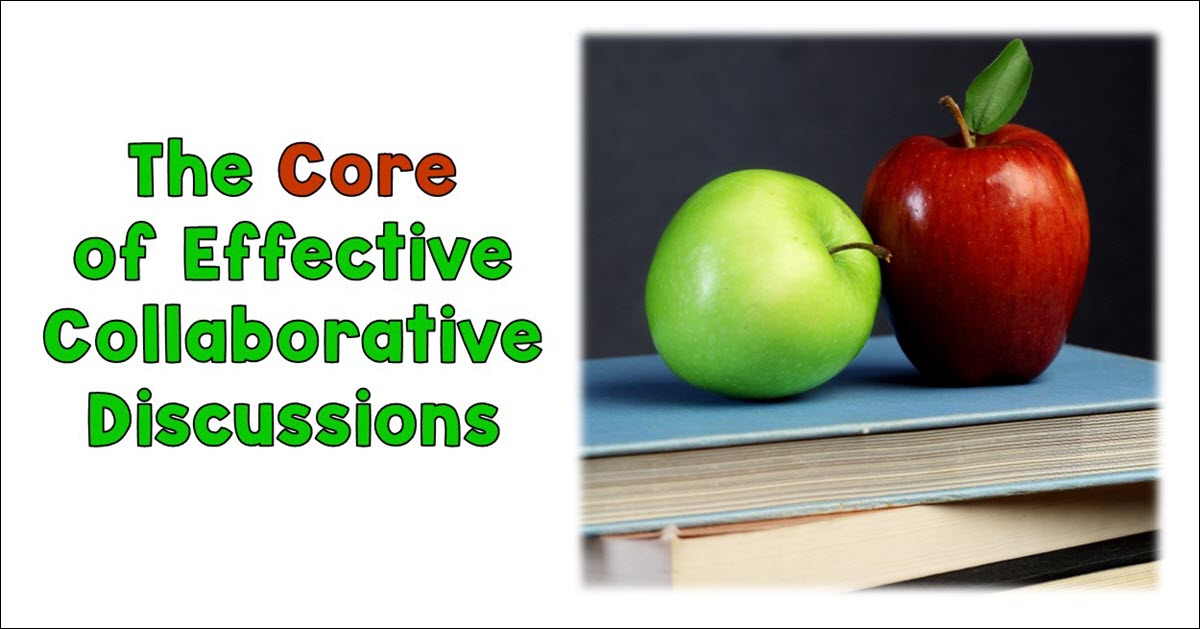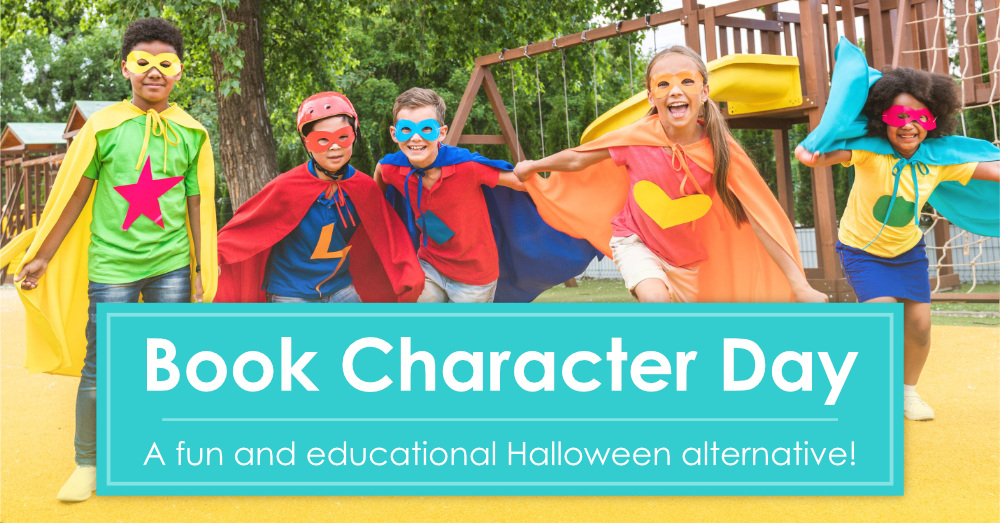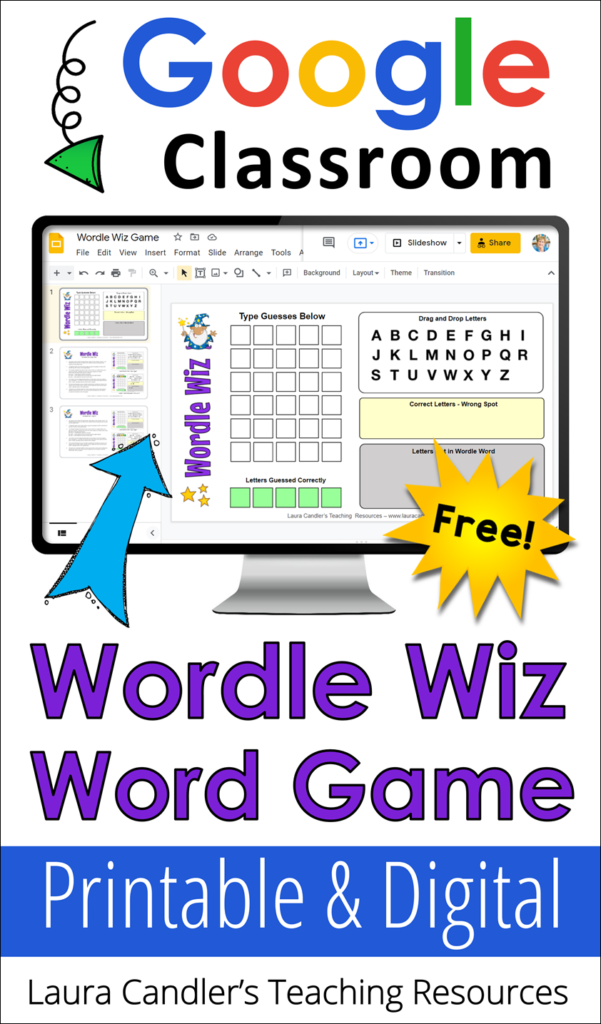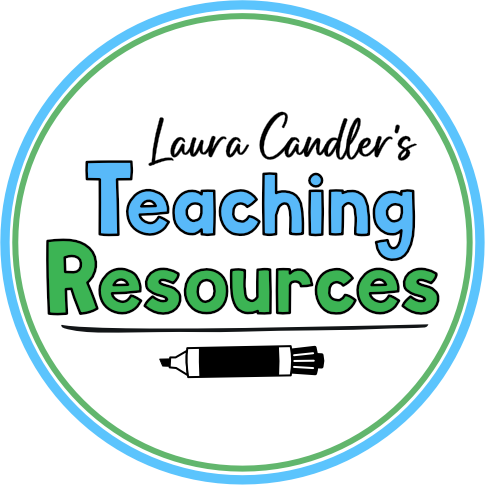Do you remember the last time you and your friends had a great discussion? You probably didn’t take turns around the table with each person speaking for 30 seconds or a minute! Instead, it was a lively conversation with everyone listening to each other politely and responding to everyone’s ideas.
Now think about what happens in team discussions at school. One student dominates the discussion while others are too shy to share their own views. To prevent this from happening, we ask them to take turns around the team, but those discussions don’t feel like real conversations. It’s obvious that students aren’t really listening to each other because they don’t connect their ideas to what anyone else has said. It’s almost as if they’re simply waiting for their turn to talk. Most kids don’t know how to disagree politely, so when they do disagree, someone’s feelings are sure to be hurt.
After observing many such discussions over the years, I realized that communication skills need to be taught to students explicitly, just as we teach academic skills. I couldn’t find any ready-to-use lessons, so I set out to create my own. The result was Discussion Connections, a series of step-by-step lessons for fostering effective classroom discussions.
You can purchase Discussion Connections on TpT, but I’m also making this product available for FREE when you subscribe to the Candler’s Classroom Connections email list.
Teaching kids to link their ideas in a discussion is easier than you might think!
The lessons in Discussion Connections are based on introducing and practicing the three parts of an effective discussion response illustrated below. When participating in a discussion, it’s important to speak to other members by name, restate any idea you want to respond to, and then share your own idea. The overall concept is simple, but students will need guidance from you and quite a bit of practice to master these skills. The step-by-step lessons in Discussion Connections will help you guide your students through this process, but the number of lessons you teach will depend on the ages and needs of your students.
Teaching Kids to Link Ideas
It’s easy for students to start connecting their ideas in a discussion when they follow the 3 steps below. This method will feel awkward at first, it will eventually feel natural.
For Example:
“Julie, I can see why you might say that Cindy is outgoing, but I thought she was shy because ….” or
“Tom, I agree with you about ________, and another detail that supports your point is…”

Remind your students that participating in a group discussion can be a scary at times because you are sharing your ideas and others might not agree with them. It’s okay not to agree with others, but they need to disagree in a respectful way and not put each other down.
Discussion Connection Lessons
You can learn more strategies for teaching discussion connection skills by watching this short video clip from one of my webinars.
Discussion Connection Lessons
You can learn more strategies for teaching discussion connection skills by watching this short video clip from one of my webinars.
Discussion Connection Lessons
You can learn more strategies for teaching discussion connection skills by watching this short video clip from one of my webinars.
Discussion Connections Step-by-step Guide
You’ll find all the directions and printables needed, including discussion prompts to help students link their ideas. I recently updated this product, so it now includes editable Google Slides versions of the lesson resources.
If you’d like to take a look, click here to preview a PDF of the entire product.
Purchase Discussion Connections on TpT, or get it for free when you sign up for my email list!

